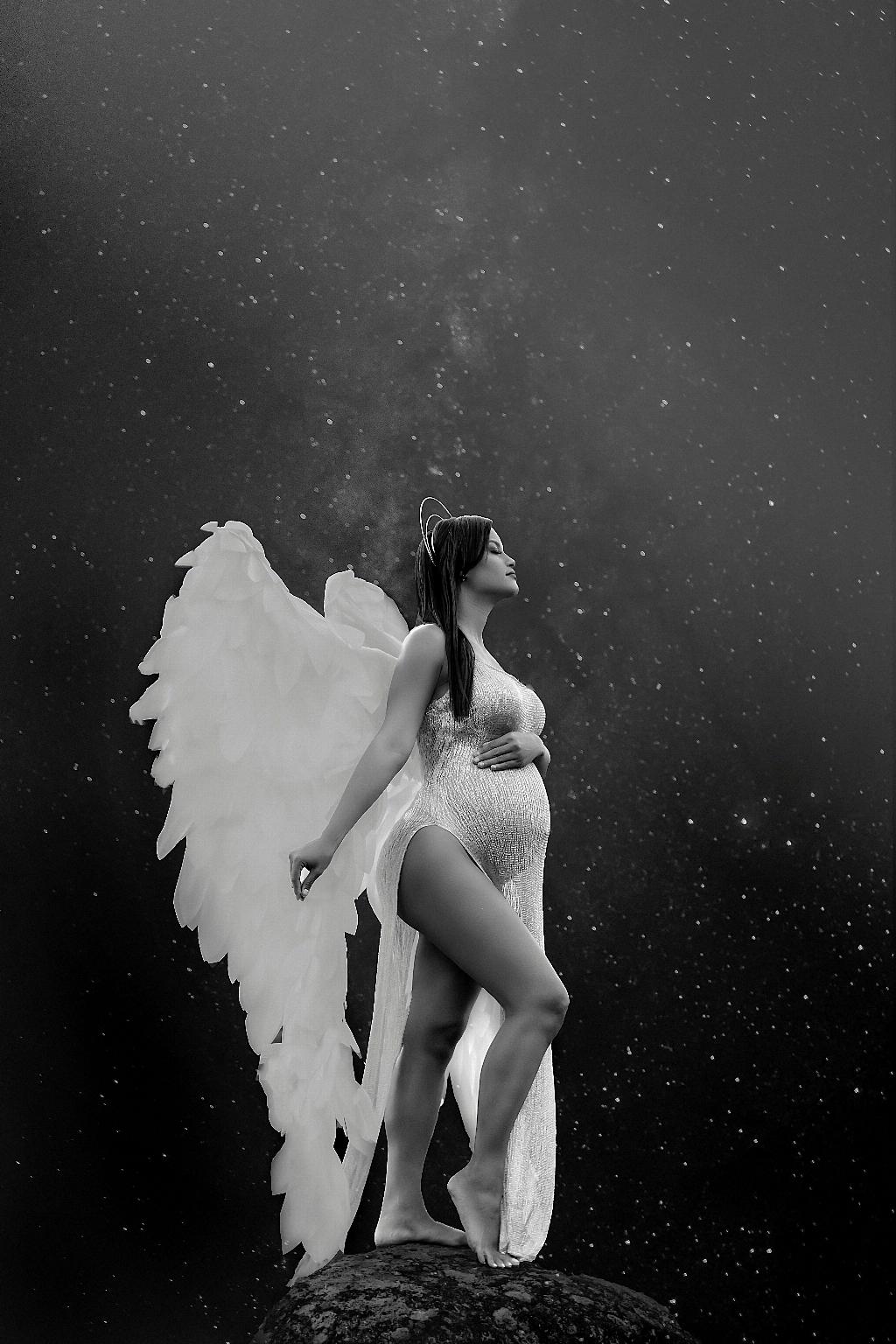So you’ve brought home a jar of what you thought was pure, unadulterated honey, but now you’re having doubts. Perhaps you’ve heard about pasteurized honey and are concerned about the potential loss of nutrients. How can you tell if the honey sitting on your shelf has been subjected to high heat treatment?
One telltale sign that your honey has gone through pasteurization is its consistency. Pasteurized honey tends to be more liquid compared to raw, unprocessed honey. If your honey is ultra runny, regardless of the room temperature, chances are it has been pasteurized to achieve that smooth, flowing texture.
Texture also plays a role in identifying pasteurized honey. While raw honey typically crystallizes over time, pasteurized honey remains smooth and free-flowing even after months of storage. If you notice that your honey maintains a uniform texture without any crystallization, it may have undergone pasteurization.
Another indicator of pasteurization lies in the taste of the honey. Pasteurized honey can sometimes taste slightly different from raw honey due to the heat processing method. If you detect a subtle change in flavor or find the taste to be overly sweet and lacking complexity, it could be a sign that the honey has been pasteurized.
Inspecting the color of the honey can also provide clues about its processing. Raw honey often exhibits variations in color depending on the floral source, while pasteurized honey tends to have a consistent color throughout. If your honey appears to be uniformly colored with no undertones or variations, it may have undergone pasteurization.
Labeling information can be a valuable resource in determining whether honey has been pasteurized. Look for terms like “raw,” “unprocessed,” or “unpasteurized” on the honey jar, as these indicate that the honey has not been subjected to high heat treatments. In contrast, if the label does not mention anything about the honey’s processing method, it is more likely to be pasteurized.
Seeking out local honey producers and beekeepers is another way to ensure the quality of your honey. By purchasing honey directly from sources that practice minimal processing, you can have greater confidence in the purity and authenticity of the product. Local, small-scale producers are more likely to offer raw honey that has not been pasteurized.
Consider the price of the honey as well. Raw, unprocessed honey typically commands a higher price due to its superior quality and nutrient content. If you find honey at a significantly lower price point compared to other raw honey varieties, it may indicate that the honey has undergone pasteurization or contains additives.
When in doubt, conduct a simple at-home test to determine if your honey is pasteurized. Place a small amount of honey on a paper towel or cloth and observe how it behaves. Raw honey tends to be absorbed slowly, while pasteurized honey will spread quickly and be absorbed rapidly due to its higher water content.
Remember that pasteurization is not inherently bad, as it can help improve the shelf life and safety of honey. However, if you prefer to enjoy the full nutritional benefits and natural qualities of honey, opting for raw, unprocessed varieties is the way to go. By being mindful of the signs and characteristics of pasteurized honey, you can make informed choices when selecting honey for your culinary and wellness needs.
In conclusion, understanding how to identify pasteurized honey involves paying attention to its consistency, texture, taste, color, labeling, source, price, and conducting simple tests at home. By considering these factors and being aware of the differences between raw and pasteurized honey, you can confidently determine the processing status of the honey in your pantry.

